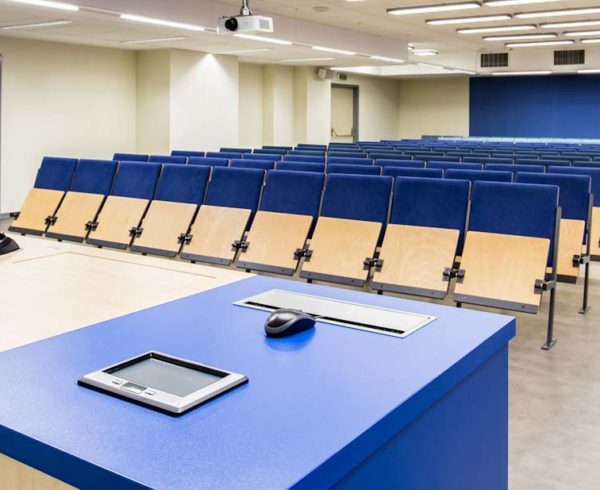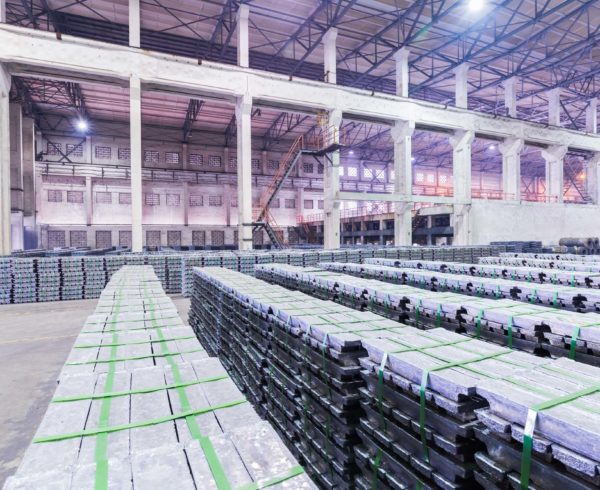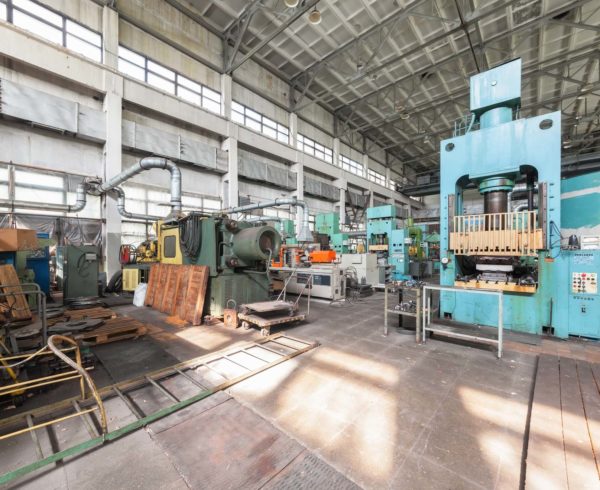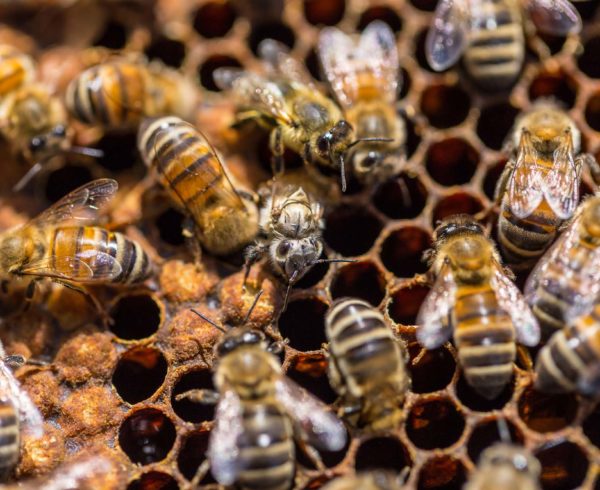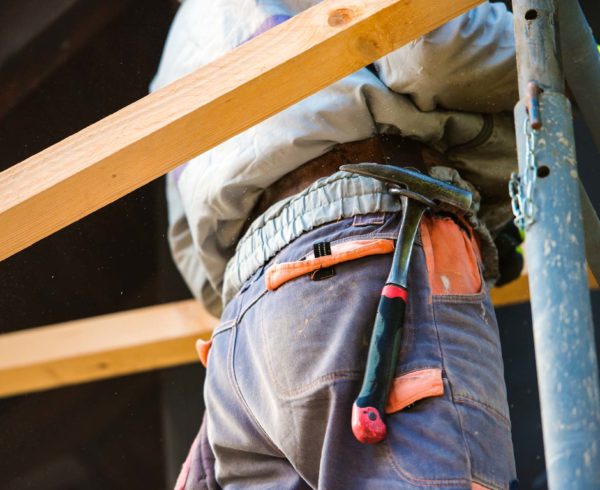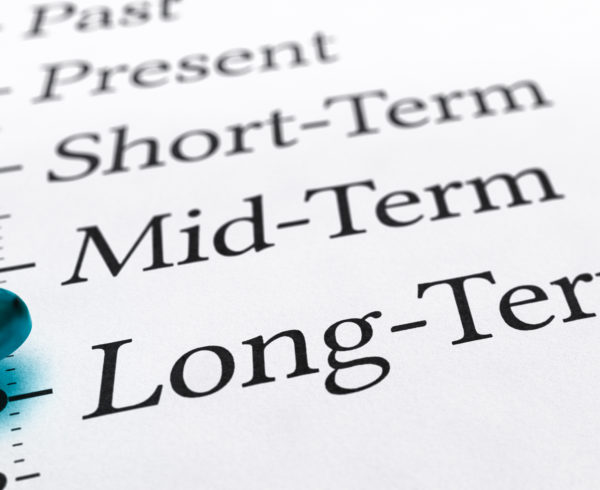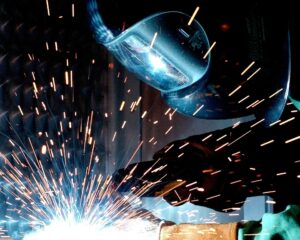The automotive industry is one of the largest manufacturing sectors in the South African economy. In 2020 it contributed approximately 4.9% of the country’s gross domestic product (GDP) of which, the manufacturing of automotive parts totalled 2,8% and retail 2.1%.
South Africa’s market share contracted to 0.58% in 2020, from 0.69% in 2019, with the global vehicle production ranking remaining at 22nd. There were many factors influencing the decrease in market share – the country’s already weakened economy, and the global pandemic, being the main reasons.
During the COVID-19 pandemic, South African automotive retailers and Original Equipment Manufacturers (OEMs) production lines were completely halted for three weeks. This had devastating impacts on the supply and demand of vehicles in the country. The already low demand, crippling effects of the coronavirus, and subsequent lockdowns, resulted in a substantial decline in new vehicle sales. When comparing 2020’s number of units of 380,449 this fell way below the 2019 number of units at 536,612. This sharp drop of 29.1% (156,163 units) is also reflected in automotive exports. During this period exports declined by a staggering R26-billion (12.9%), to R175.7 billion in 2020, from R201.7 billion reported in 2019.
Unpacking the numbers
The untimely decrease in demand of passenger and light commercial vehicles is further explicated by the South African Consumer Confidence Index (CCI). Pre COVID-19 the CCI experienced a steady decrease in sales to -9 in January 2020 from +26 in January 2018. This low CCI was further exacerbated by the COVID-19 pandemic, where the South African CCI hit a low of -33 in June 2020.
While the global pandemic and other economic factors had a large impact on the supply and demand of vehicles, the country’s latest year-to-date (YTD) July 2021 NAAMSA report indicates a gradual recovery in vehicle sales. It reports total passenger vehicle sales rose by ~30,1% to 166 395 units YTD July 2021, from 127 899 in YTD July of 2020. This signals some recovery in the vehicle market. The report also confirms this has increased to -13 in July 2021 from -33 in June 2020, a +20 increase.
On the right road
While this may be hopeful news for the South African economy, the main difficulty lies in retailers remaining competitive within its sector. Due to tough economic climate, volume pressure and consumers adoption of online motor purchases, dealers require more support from OEMs than ever before.
Collaboratively OEMs and dealerships are rethinking their retail strategy. Some OEMs and dealerships have done this through the integration of a direct sales model that has benefitted the OEMs and their respective dealers. Some OEMs gained full ownership of all new car sales while their dealers act as an execution point. The aim is not to eliminate the vital contact points of motor purchases, including car viewing and test drives – but rather to ensure online sales are controlled and optimised from their assembly point.
The need to adapt
As consumers become increasingly digital, they are looking to their automotive brands to do the same and digital car sales is fast becoming an encouraging trend. The challenge is to find a balanced approach between the digital and human experience, while maintaining the same level of exceptional customer experience. The shifting automotive landscape will bring about exciting change as disruption takes hold of this sector and promises to capture the next generation of vehicle buyers.
For more on the latest trends in the automotive industry visit www.Letsema.co.za
Sources:

